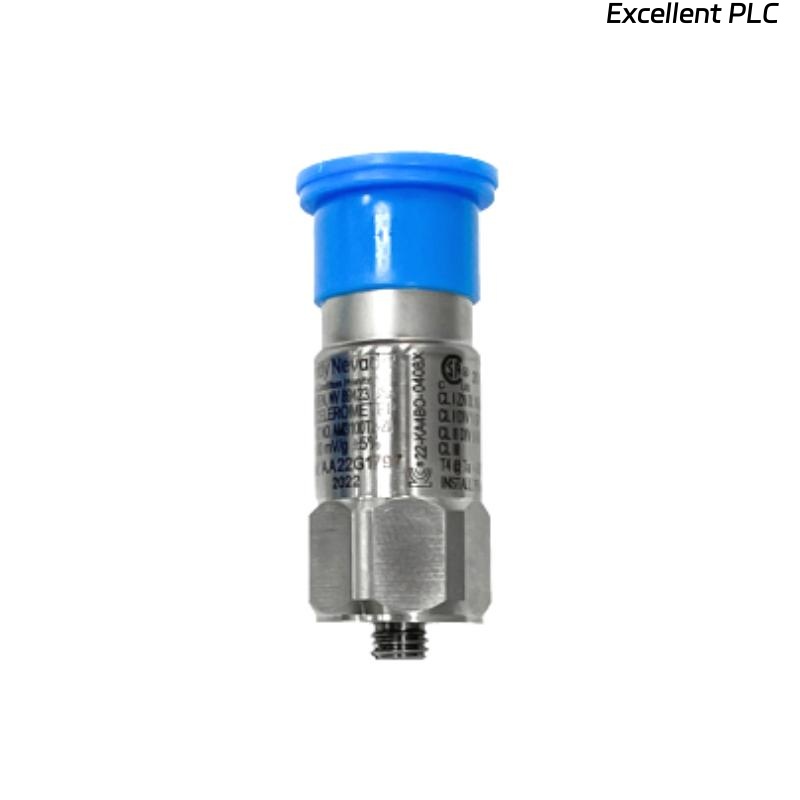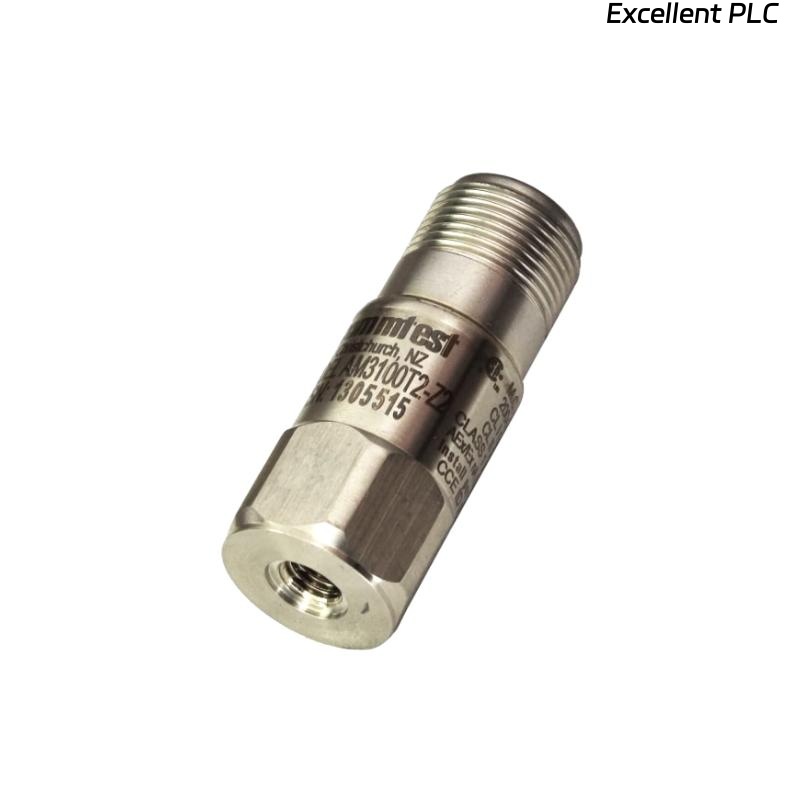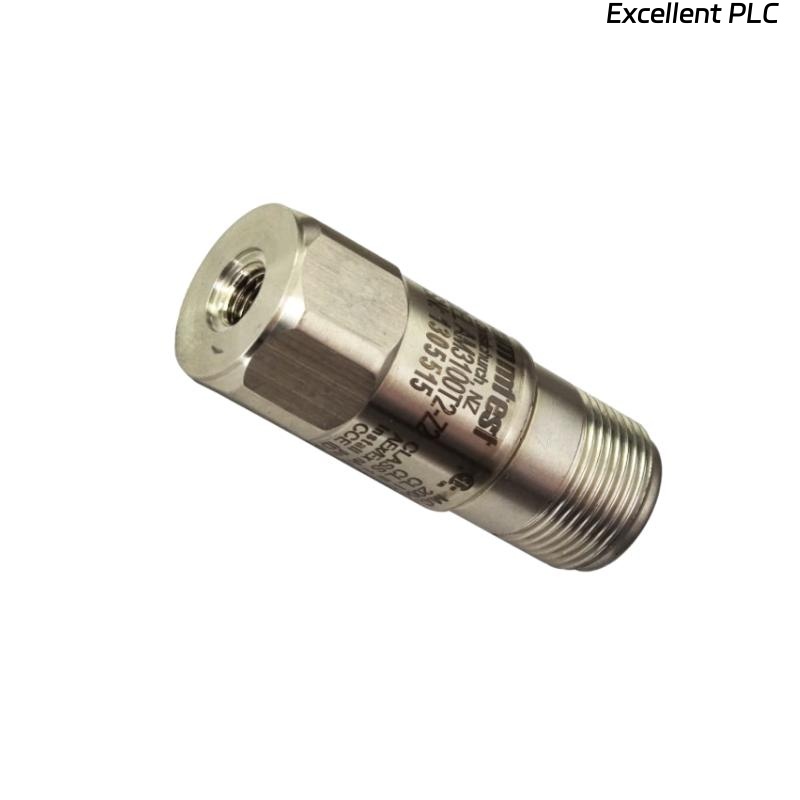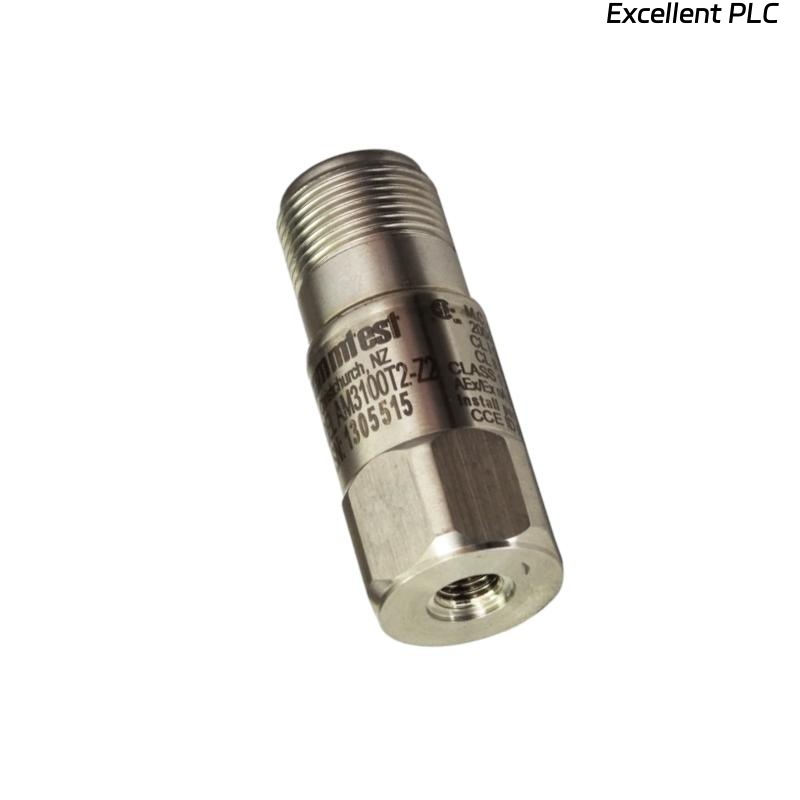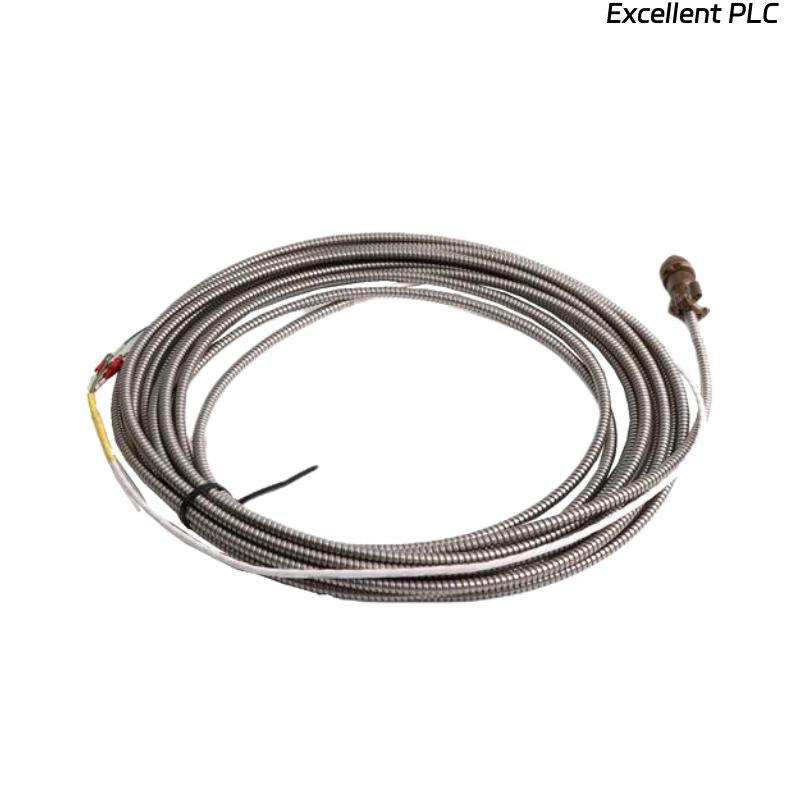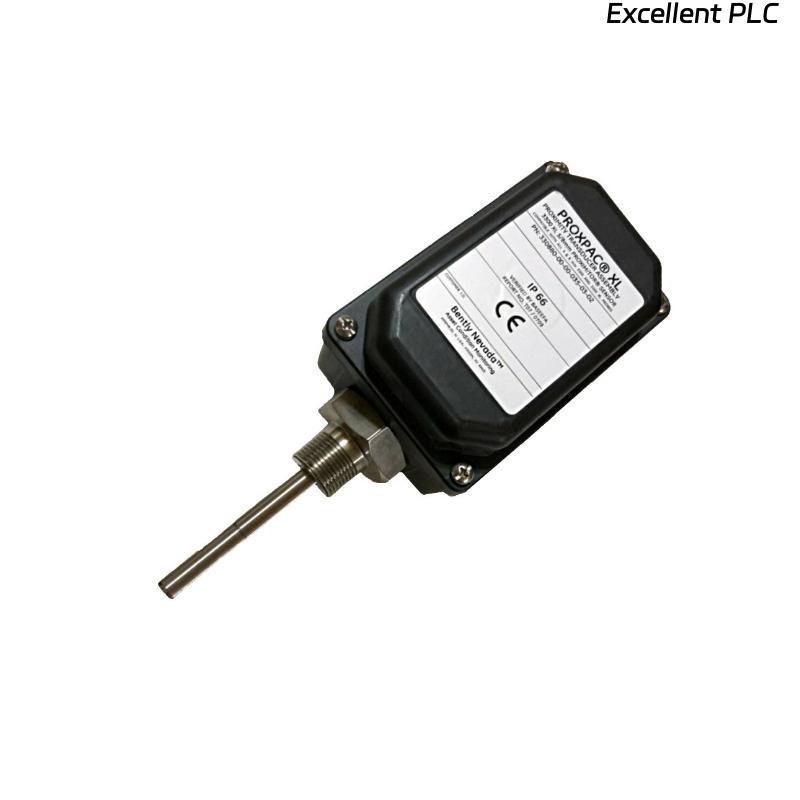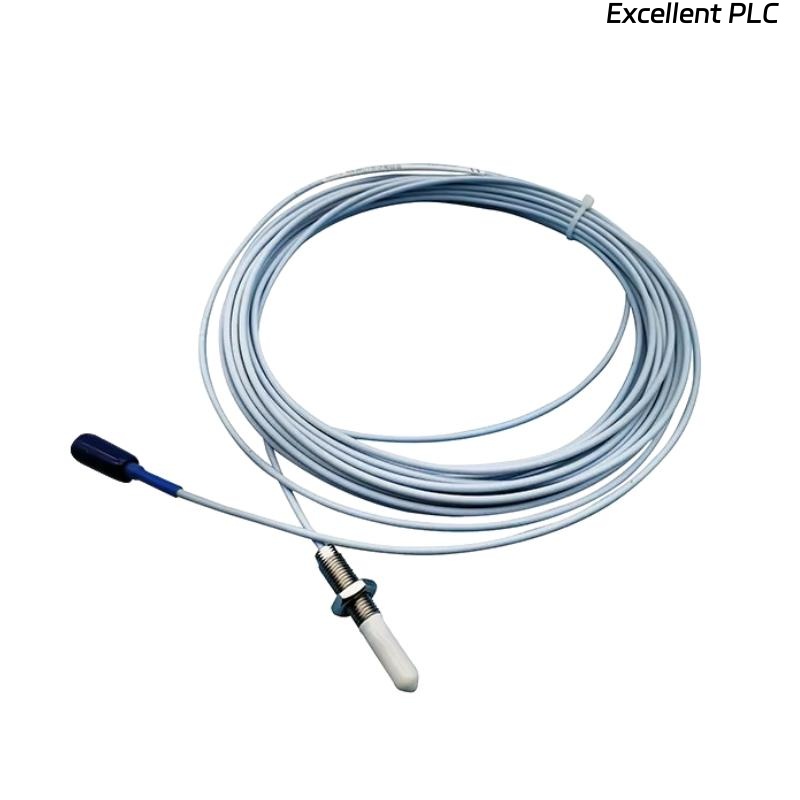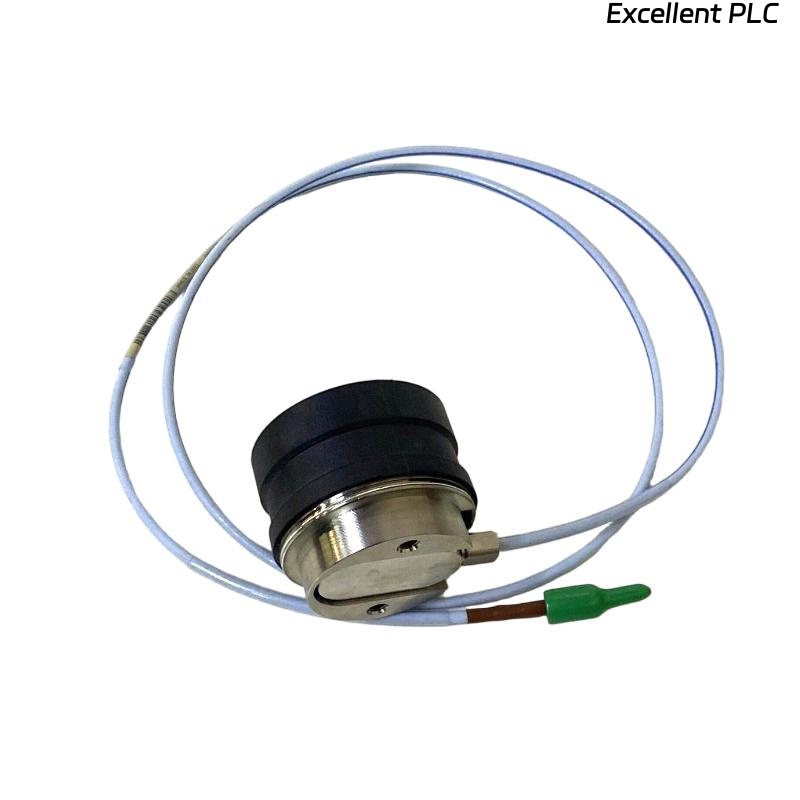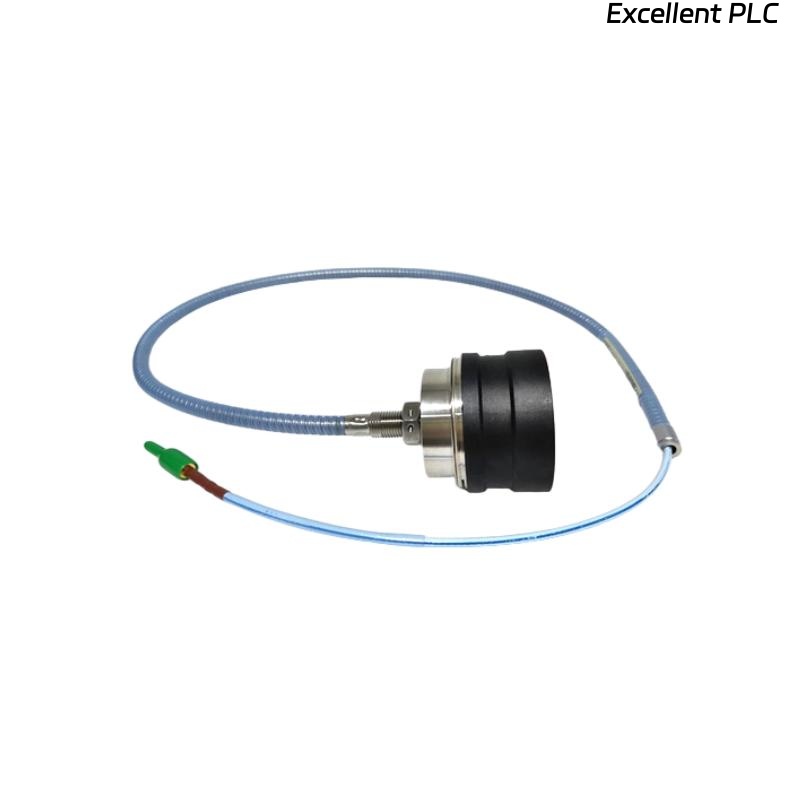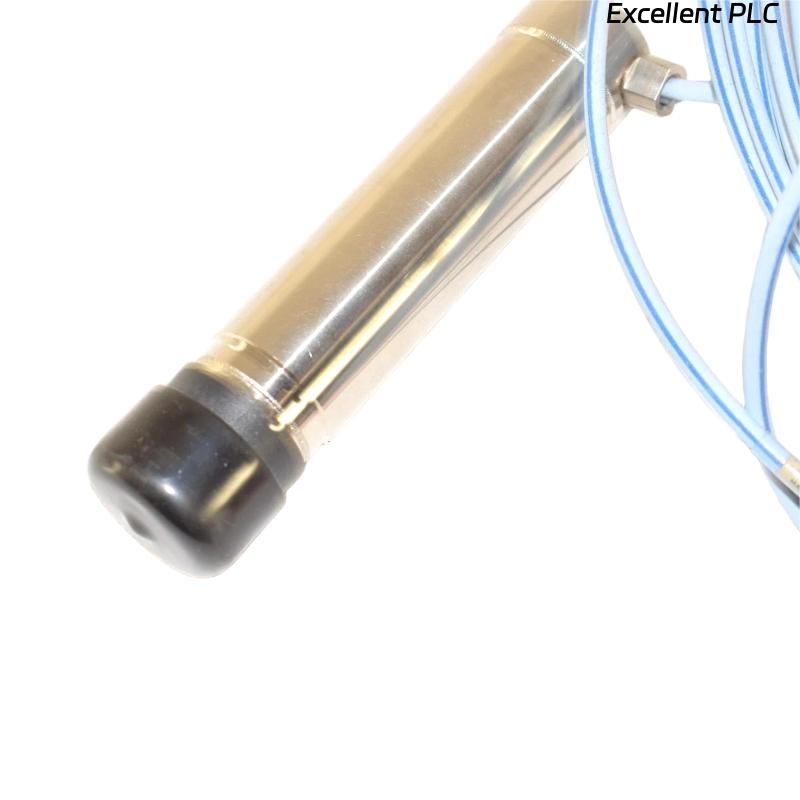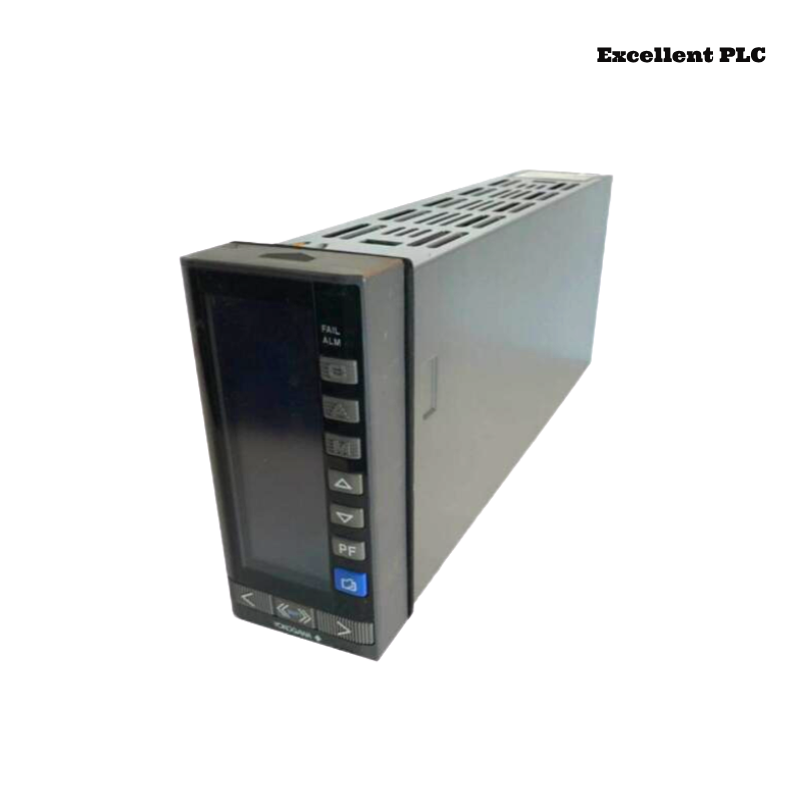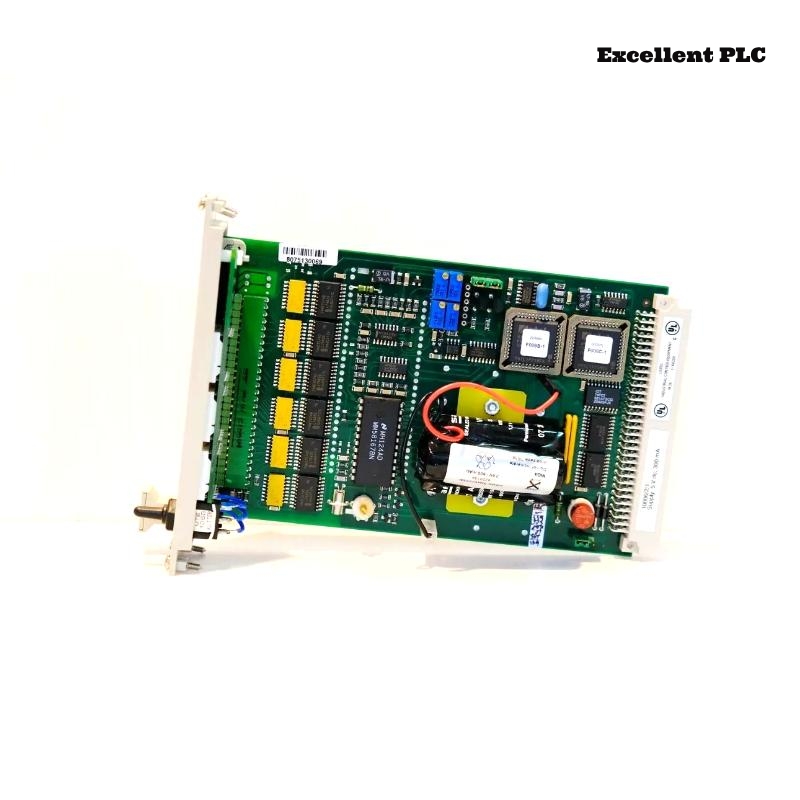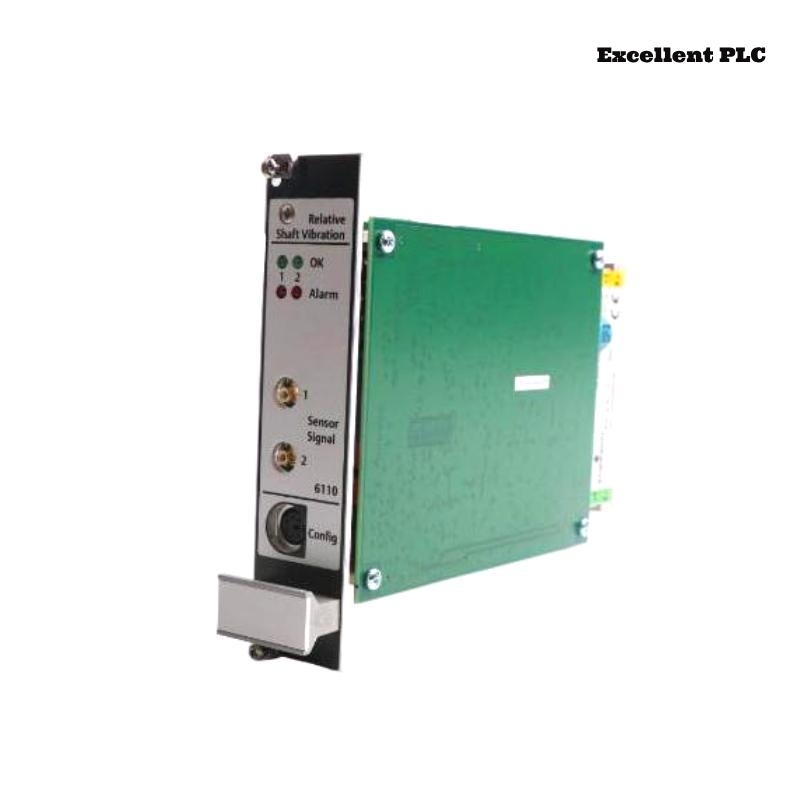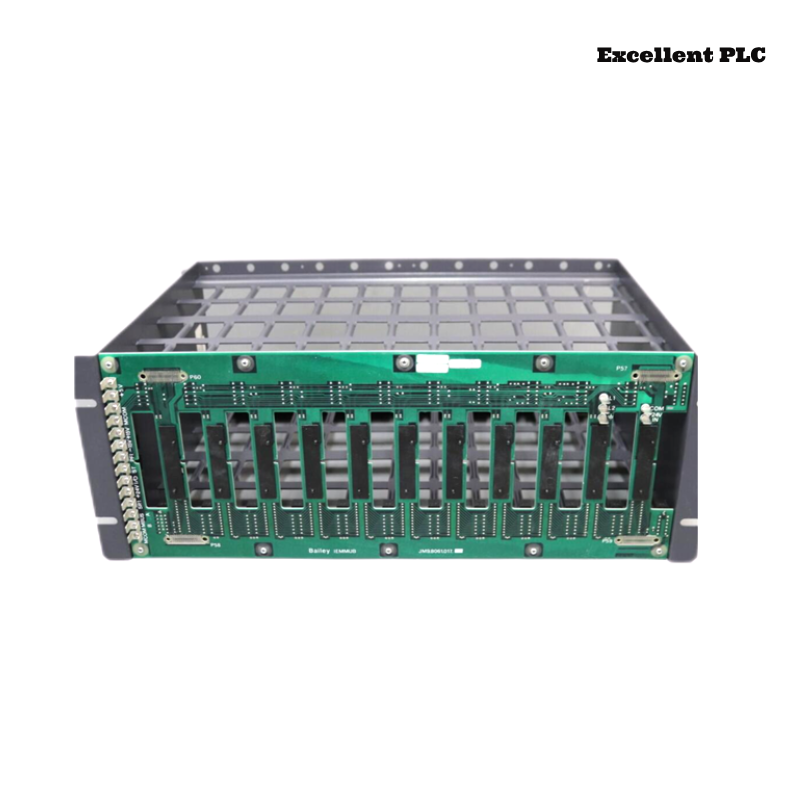| Company Information | ||||||||
| [email protected] | ||||||||
| Mobile | +8613666033393 | |||||||
| +8613666033393 | ||||||||
| 13666033393 | ||||||||
| Add | Room 1004, No. 62 Xiangxiu Li, Siming District, Xiamen City, Fujian Province, China | |||||||
Product Introduction
The Bently Nevada AM3100T2-Z2 IEPE Accelerometer is a precision vibration sensor designed for high-performance monitoring in industrial and laboratory applications. Built with a hermetically sealed stainless-steel housing and a PZT ceramic shear sensing element, it delivers accurate, low-noise measurements across a wide frequency range. The IEPE (Integrated Electronics Piezo-Electric) design allows for easy integration into existing condition monitoring systems, ensuring reliable performance in harsh environments such as power generation plants, oil and gas facilities, and heavy manufacturing operations.
Technical Specifications
| Parameter | Description |
|---|---|
| Model | AM3100T2-Z2 |
| Measurement Type | IEPE Accelerometer |
| Sensitivity (±5% @ 25 °C) | 100 mV/g |
| Acceleration Range | 80 g peak |
| Amplitude Nonlinearity | 1% |
| Frequency Response | ±10%: 0.7 – 9,000 Hz / ±3 dB: 0.4 – 14,000 Hz |
| Resonant Frequency | 30 kHz |
| Transverse Sensitivity (max) | ±5% of axial |
| Temperature Response | –55 °C: –20% / +120 °C: +10% |
| Voltage Source | 18–30 Vdc |
| Current Regulating Diode | 2–10 mA |
| Broadband Electrical Noise | 500 µg (2.5 Hz to 25 kHz) |
| Spectral Electrical Noise @10 Hz | 7 µg/√Hz |
| Spectral Electrical Noise @100 Hz | 4 µg/√Hz |
| Spectral Electrical Noise @1000 Hz | 2 µg/√Hz |
| Output Impedance (max) | 100 Ω |
| Bias Output Voltage | 12 Vdc |
| Grounding | Case isolated, internally shielded |
| Temperature Range | –55 °C to +120 °C |
| Vibration Limit | 500 g peak |
| Shock Limit | 5,000 g peak |
| Electromagnetic Sensitivity | 70 µg/gauss |
| Sealing | Hermetic |
| Base Strain Sensitivity (max) | 0.0002 g/µstrain |
| Sensing Element Design | PZT ceramic / shear |
| Weight | 0.062 kg |
| Case Material | 316L Stainless Steel |
| Mounting | ¼-28 UNF tapped hole |
| Connector | Top exit, 2-pin, MIL-C-5015 style |
| Recommended Cabling | Shielded twisted pair, max length 100 ft |
| Dimensions | 31.24 x 23.37 mm |
Applications
-
Rotating Machinery Monitoring: Detects early signs of imbalance, misalignment, and bearing defects in turbines, compressors, and pumps.
-
Structural Vibration Analysis: Measures building or bridge vibrations for structural health monitoring.
-
Predictive Maintenance: Integrates with Bently Nevada 3500 and 3700 systems to prevent costly unplanned downtime.
-
Automotive and Aerospace Testing: Provides high-frequency response for engine, gearbox, and airframe vibration tests.
-
Research and Development: Ideal for laboratory vibration studies requiring precise, low-noise data acquisition.
Advantages
-
Wide Frequency Range: Captures signals from 0.4 Hz to 14 kHz, suitable for both low-speed and high-speed equipment.
-
High Shock and Vibration Limits: Handles up to 5,000 g shock and 500 g vibration, ensuring durability in demanding conditions.
-
Hermetic Sealing: Ensures consistent performance in dusty, humid, or chemically aggressive environments.
-
Low Noise Design: Offers excellent spectral noise performance down to 2 µg/√Hz at 1 kHz for accurate diagnostics.
-
Easy Integration: Standard 2-pin MIL-C-5015 connector simplifies installation with existing Bently Nevada systems.
-
Stable Output: Maintains sensitivity accuracy across wide temperature variations, guaranteeing reliable data.
FAQ
-
What is the recommended power supply range for stable operation of the AM3100T2-Z2?
The sensor operates reliably when supplied with a DC voltage between 18 V and 30 V. Staying within this range ensures accurate measurements and prevents over-voltage stress on the internal electronics. -
Which sensing principle does this accelerometer use, and why is it beneficial?
It employs a PZT ceramic shear sensing element. This design offers excellent thermal stability, low noise, and strong immunity to base strain, making it ideal for precision vibration monitoring in demanding industrial environments. -
How much current does the integrated electronics require during normal operation?
The built-in current regulating diode keeps consumption between 2 mA and 10 mA. Maintaining this current window guarantees proper biasing of the IEPE circuitry and consistent output sensitivity. -
How is electrical grounding managed to avoid interference and ground loops?
The unit’s stainless-steel case is isolated and internally shielded. This configuration minimizes electrical noise, reduces the risk of ground loops, and protects the measurement signal from external electromagnetic disturbances. -
What is the broadband electrical noise specification and its effect on measurements?
The sensor exhibits a broadband electrical noise level of about 500 µg over the 2.5 Hz to 25 kHz band. This low noise floor supports highly accurate vibration diagnostics, even in applications requiring fine detection of small amplitude changes. -
Can the accelerometer be installed with long cable runs without signal degradation?
Yes. When used with a shielded twisted-pair cable up to 100 feet (30 m), the sensor maintains signal integrity. The low output impedance of 100 Ω ensures minimal loss and stable transmission over extended distances. -
What is the typical bias output voltage and why is it important?
The device provides a stable 12 V DC bias output. This voltage is crucial for powering the internal electronics and maintaining a linear response, allowing the connected data acquisition system to accurately interpret vibration signals. -
How does the AM3100T2-Z2 resist electromagnetic interference in harsh environments?
With a maximum electromagnetic sensitivity of only 70 µg/gauss and hermetic sealing, the sensor maintains precise readings even in electrically noisy or magnetically active areas such as power plants and heavy-industry sites. -
What is the preferred mounting method to achieve the specified frequency response?
For best results, the sensor should be attached using the ¼-28 UNF tapped hole with a clean, flat mounting surface and proper torque. This ensures strong mechanical coupling and allows the accelerometer to achieve its full 0.4 Hz–14 kHz frequency range. -
How does the high resonant frequency enhance its performance in critical monitoring tasks?
The resonant frequency of approximately 30 kHz provides a wide margin above the usable frequency band. This high resonance ensures that measured signals remain linear and free from distortion, even during high-speed machinery monitoring or rapid transient events.
Related Models (Same Series or Compatible)
| Model Number | Description |
|---|---|
| AM3100T2-Z1 | Similar IEPE accelerometer with alternative connector type |
| AM3100T2-Z3 | Extended temperature range version |
| AM3100T1-Z2 | Lower sensitivity model for high-g applications |
| AM3200T2-Z2 | Wide-band accelerometer for ultra-low frequency response |
| AM3300T2-Z2 | High-frequency optimized accelerometer |
| AM3400T2-Z2 | Ruggedized version for extreme industrial environments |
Popular Bently Nevada Models
| Model Number | Description |
|---|---|
| 330500 | Proximity sensor system for shaft vibration monitoring |
| 3300 XL 5mm | Proximity probe with excellent linearity and stability |
| 3500/42M | Vibration monitoring module for Bently Nevada 3500 rack |
| 3701/46 | Machinery protection system with advanced diagnostics |
| 7200 | High-temperature proximity probe for turbine applications |
| 2401 | Seismic vibration transmitter for industrial equipment |
 Excellent PLC
Excellent PLC


